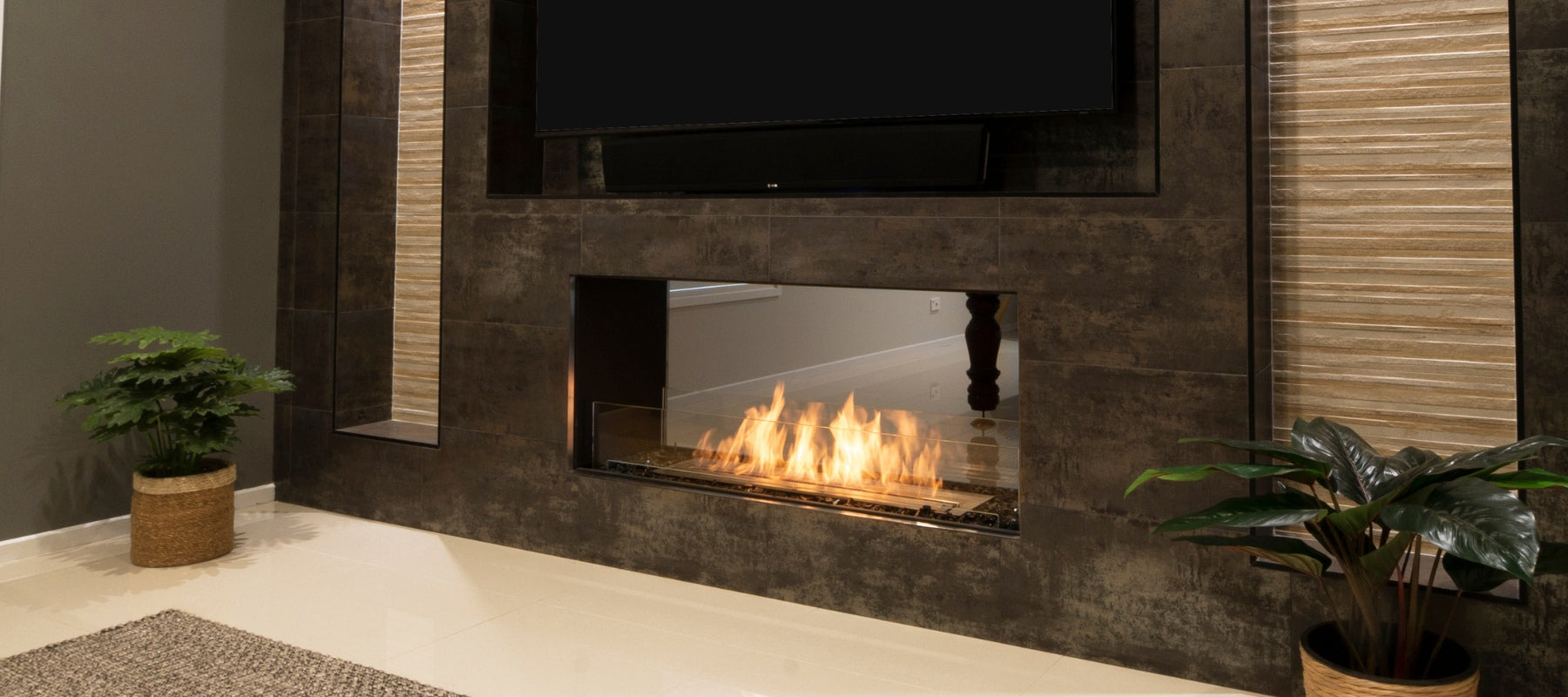
Bioethanol Fire Maintenance: Keep Your Flame Burning Bright
Owning a Bioethanol Fire is like having a low-maintenance pet—no ashes, no chimney, just warmth and vibes! The short answer? Check fuel levels, clean the burner, and keep it debris-free. Want it to last longer and stay safe? Stick around for easy tips that keep your fire flickering flawlessly! 🔥
Bioethanol Fire Maintenance Guide
A Bioethanol Fire is a sleek, modern way to add warmth and atmosphere to your home. It’s fuss-free, but that doesn’t mean you can ignore it entirely. A little regular upkeep goes a long way to keep it burning safely and efficiently.
Think of it like taking care of a car—no need for constant tinkering, but the occasional clean and check-up keeps everything running smoothly. Let’s break it down step by step.
Regular Cleaning
Keeping your Bioethanol Fire clean is the key to a hassle-free experience. A dirty burner can lead to smoke, inefficient burning, and even unwanted odours. Fortunately, cleaning is quick and easy—no scrubbing required!
Burner Cleaning
-
Cool down first. Never clean the burner while it’s still warm.
-
Sweep away debris. A soft brush or cloth will do the trick.
-
Wipe with care. Use a damp cloth and mild detergent for a gentle clean.
-
Avoid harsh chemicals. They can damage the burner’s finish.
-
Dry thoroughly. Any leftover moisture can cause rust over time.
Exterior Cleaning
-
Dust it off. A quick wipe with a microfibre cloth keeps it looking sleek.
-
Go gentle. Avoid anything abrasive that might scratch the surface.
-
Watch for spills. Any bioethanol drips should be wiped up straight away.
-
Polish if needed. A mild glass or metal cleaner can add extra shine.
Refuelling Procedures
Topping up your Bioethanol Fire is simple, but doing it safely is essential. A careless refuel can lead to spills, flare-ups, or a weak flame.
-
Wait for cool-down. Never add fuel while the burner is warm.
-
Use the right bioethanol. Cheap fuels can create smoke and odours.
-
Pour with precision. Overfilling can be dangerous—stick to recommended levels.
-
Wipe any spills. Bioethanol is flammable, so keep things tidy.
-
Store wisely. Keep spare fuel in a cool, dry place, away from open flames.
Part Replacement (Wicks, Burners, etc.)
Like any appliance, parts of your Bioethanol Fire will eventually wear out. The good news? Replacements are straightforward and don’t require professional help.
-
Burners: If your fire isn't burning as evenly or brightly, it might be time for a new burner.
-
Wicks (if applicable): Some models use wicks, which may clog or wear over time.
-
Seals and gaskets: These prevent leaks—check for cracks and replace if needed.
-
Glass panels: If your fire has glass, inspect it for chips or cracks and swap it out if necessary.
Troubleshooting Common Issues
Even with the best care, minor hiccups can happen. Here’s how to tackle the most common problems:
-
Weak flame or short burn time? Check your fuel level and ensure the burner is clean.
-
Soot buildup? Use high-quality bioethanol and improve room ventilation.
-
Unusual smell? Spilled or low-quality fuel might be the culprit—clean and switch brands.
-
Won’t ignite? The burner could be too cold—try warming it slightly before lighting.
-
Excess smoke? Ensure you’re using pure bioethanol with no added chemicals.
Regular maintenance doesn’t just keep your Bioethanol Fire looking its best—it ensures safety, efficiency, and years of cosy warmth. Give it the care it deserves, and it will reward you with a stunning, hassle-free glow every time you light it up! 🔥
Other content we think you'll love
- How Much Does a Bioethanol Fire Cost to Run?
- Bioethanol vs Gas: Which One Will Burn a Hole in Your Wallet?
- Is Bioethanol Cheaper Than Electric? Let’s Set the Record Straight!
- Bioethanol vs Wood: Which Fire Saves You More Money?
-
The Ultimate Guide to the Cheapest Fire to Run – Save Money & Stay Cosy!
-
Will a Bioethanol Fire Heat a Room? The Truth About Warmth & Cosiness
- Does Bioethanol Evaporate? Here’s What You Need to Know
- How Much Does It Cost to Install a Bioethanol Fire in the UK?
- Why Bioethanol Fires Are Growing in Popularity in the UK
- Bioethanol Fires & Room Heating: Can They Really Warm Your Space?
- Bioethanol Fires: Why Do They Cost So Much?

